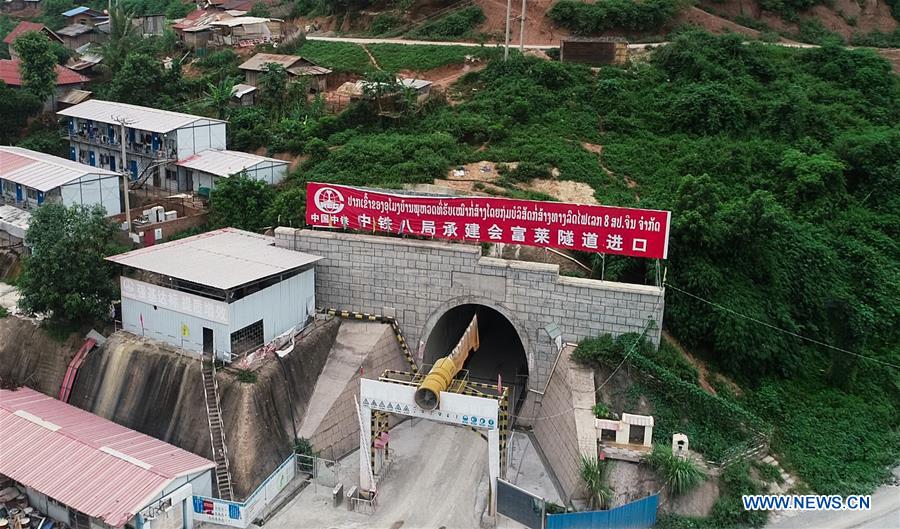Laos is a small landlocked country having its edges bordered by China in the North, Vietnam in the Northeast and east, Cambodia in the South, Thailand in the West, and Myanmar (Burma) in the Northwest. The country is dominated by its inhospitable forest-covered mountains constituting a significant impediment to travel. In furtherance of resolving this obstacle, Laos in close association with China inaugurated the Boten-Vientiane railway in early December. This $6 billion project is a 414-kilometer electrified high-speed railway line that runs between the Capital city of Vientiane and the town of Boten along the Laos-China border. The project was green-flagged on 3rd December 2021 with the arrival of a bullet train from the capital of China’s Yunnan province Kunming to Vientiane. The project, ever since its inauguration, has garnered mixed opinions and has raised eminent concerns from other South-Asian countries.
Although 2021 marked the 60th anniversary of long-standing Laos-China bilateral relations, the exorbitant cost of the project has given wind to grave concern with respect to Laos’s sovereignty from the other South-Asian neighbors. The economic condition of Laos makes it vulnerable to China’s defamed ‘debt trap’ diplomacy as the country’s fiscal deficit stood at 6% of GDP while its public debt was at 68% of GDP in recent years. Furthermore, as the country’s imports have a greater volume than the exports, Laos’s negative trade balance hardly leaves any space for repayment of debt. The hidden realities underneath this project are further disheartening for Laos as the country is already debt-ridden with a $10 billion, loaned in order to improve its exporting economy. Therefore, in such an already dwindling economy, China’s 70% hold in the joint venture only appears to be the beginning of it eventually eating Laos as sausage for breakfast.
The positives of the project, though asymmetrical to the negatives, are significant. China’s economically unfeasible infrastructure in Laos has proved to be one of the first major milestones under the Belt and Road project. The railway projects gain precedence over powerplants, ports, or bridges for all the obvious reasons and hence the said project is said to entertain both commercials as well recreational purposes. Secondly, while the inherent fear of China gorging on small developing states continues to disturb the other South-Asian nations, the 60 year-long relationship between the two countries delivers a well-backed benefit of the doubt to China. Furthermore, as the railway penetrates both countries, Laos is expected to witness a large influx of Chinese tourists bringing a cultural and economic boost like Thailand. Greater sociocultural interaction would extend to a great deed as the possibility to foster and create better understanding between the two nations is immense.
The project, with its gross negative tallies, appears to be a win-win arrangement for both. China’s investment offers it a chance to burnish its derogatory image in mainland Southeast Asia. And on the other hand, the project, though economically burdensome, provides a full-fledged railway network facilitating both economic and cultural purposes.

